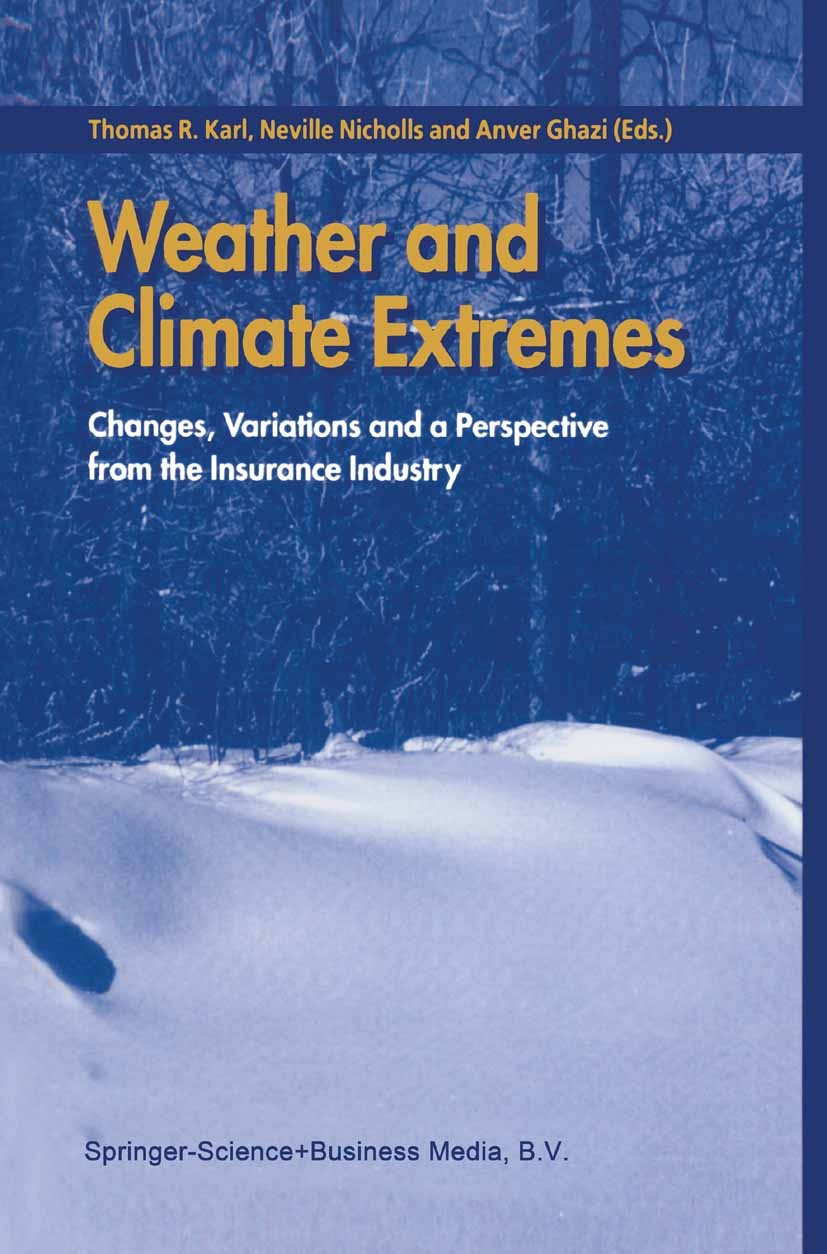High-latitude lake influence on highly concentrated precipitation from cold-season storms in western Canada
IF 6.9
1区 地球科学
Q1 METEOROLOGY & ATMOSPHERIC SCIENCES
引用次数: 0
Abstract
Cold-season (October–March) storms, particularly severe snowstorms, are responsible for significant economic losses and have crucial impacts on freshwater availability and ecosystems in high-latitude North America. These snowstorms also contribute to destructive floods during rapid snowmelt. Thus, ecosystems and water infrastructure in Canada are highly sensitive to changes in cold-season storms under global warming. This study employs an object-based approach, specifically utilizing a storm-tracking algorithm, to investigate how cold-season storm precipitation in western Canada responds to climate change under a worst-case warming scenario. In the entire study area, peak daily precipitation greater than 50 mm day−1 within storms significantly increases in both warm and cold seasons. The most extreme storms with highly concentrated precipitation (that is, storms with the precipitation intensity 5 times greater at the storm center compared to the area-averaged intensity), are expected to become more frequent in the future, particularly in the coastal regions and inland lake regions. More importantly, by analyzing the top 20 storms with the highest peak daily precipitation, we found that in the future, lakes will contribute more moisture to the atmosphere through increased evaporation, thereby intensifying the moisture supply and enhancing storm precipitation. Additionally, our findings indicate that future cold-season storms with highly concentrated precipitation may not increase evenly across each month. Warmer lakes in autumn, due to their high thermal inertia, will continue to provide significant local moisture to the atmosphere, which is crucial for the formation of highly concentrated precipitation. These findings suggest significant implications for understanding and predicting the impacts of climate change on storm dynamics and precipitation patterns over inland lakes.
高纬度湖泊对加拿大西部冷季风暴高度集中降水的影响
寒冷季节(10月至3月)的风暴,特别是严重的暴风雪,造成了重大的经济损失,并对北美高纬度地区的淡水供应和生态系统产生了重大影响。在快速融雪期间,这些暴风雪也会造成破坏性的洪水。因此,在全球变暖的情况下,加拿大的生态系统和水利基础设施对寒冷季节风暴的变化高度敏感。本研究采用基于对象的方法,特别是利用风暴跟踪算法,调查在最坏的变暖情景下,加拿大西部冷季风暴降水如何响应气候变化。在整个研究区,风暴内大于50 mm day - 1的峰值日降水量在暖季和寒季均显著增加。降水高度集中的最极端风暴(即风暴中心降水强度比区域平均强度大5倍的风暴)预计将在未来变得更加频繁,特别是在沿海地区和内陆湖地区。更重要的是,通过对日降水量最高的前20次风暴的分析,我们发现在未来,湖泊将通过增加蒸发向大气贡献更多的水分,从而加强水分供应,增强风暴降水。此外,我们的研究结果表明,未来具有高度集中降水的冷季风暴可能不会在每个月均匀增加。由于较高的热惯性,秋季较暖的湖泊将继续为大气提供大量的局部水分,这对形成高度集中的降水至关重要。这些发现对理解和预测气候变化对内陆湖泊风暴动力学和降水模式的影响具有重要意义。
本文章由计算机程序翻译,如有差异,请以英文原文为准。
求助全文
约1分钟内获得全文
求助全文
来源期刊

Weather and Climate Extremes
Earth and Planetary Sciences-Atmospheric Science
CiteScore
11.00
自引率
7.50%
发文量
102
审稿时长
33 weeks
期刊介绍:
Weather and Climate Extremes
Target Audience:
Academics
Decision makers
International development agencies
Non-governmental organizations (NGOs)
Civil society
Focus Areas:
Research in weather and climate extremes
Monitoring and early warning systems
Assessment of vulnerability and impacts
Developing and implementing intervention policies
Effective risk management and adaptation practices
Engagement of local communities in adopting coping strategies
Information and communication strategies tailored to local and regional needs and circumstances
 求助内容:
求助内容: 应助结果提醒方式:
应助结果提醒方式:


